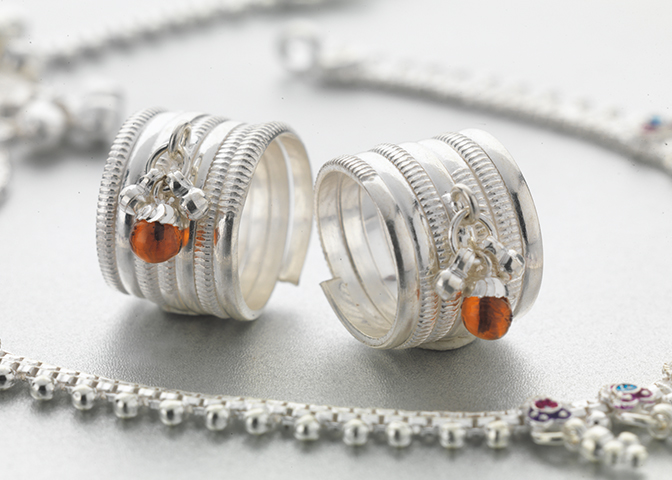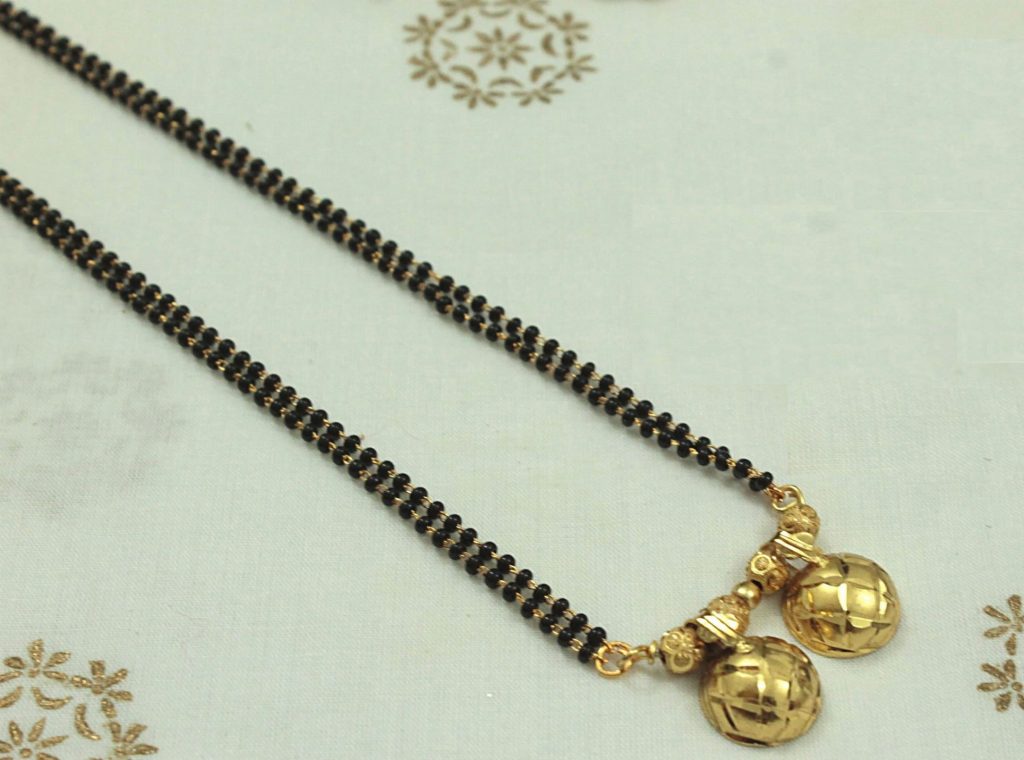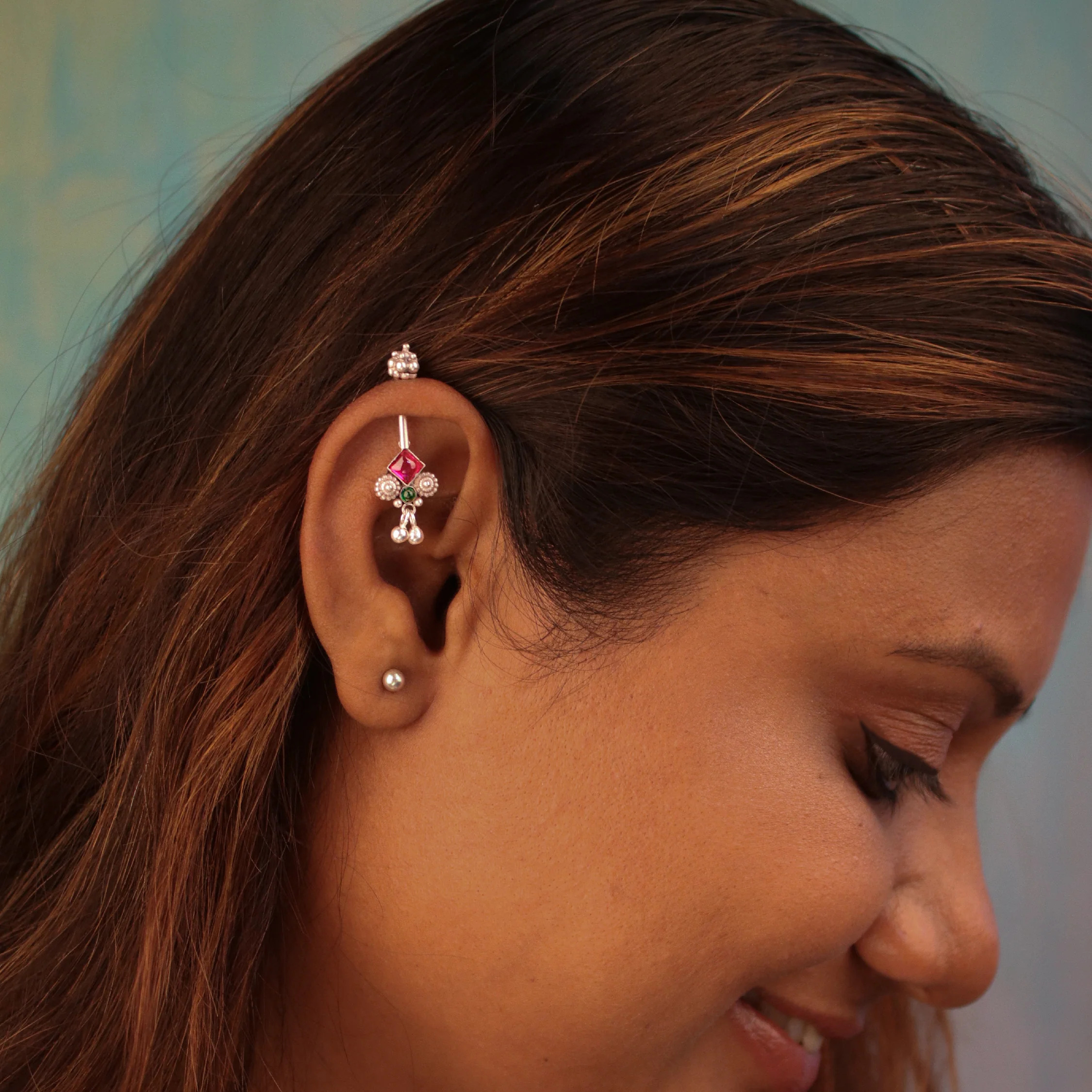Maharashtra is the birthplace of a rich heritage and great warriors. It has an equally rich culture and it shows. Maharashtrian culture has a magnificent ancestry with hardworking simple people. This reflects in their exuberant traditional jewellery. Their jewellery is an extension of their royalty. Gold jewellery has always been a prominent aspect of Maharashtrian women’s attire. Such traditional jewellery has intricate designs which make them royal. The Maratha and Peshwa warriors have passed on the designs.
Be it a Paithani saree or the Chandrakor bindi, donning some jewellery is a must, to complete the classic look of a Maharashtrian woman. It can get quite difficult for non-Maharashtrians who aren’t familiar with all this to understand the culture.
Known as the Land Of Warriors, Maharashtra is a mix of many cultures and ethnicities. Getting inspirations from the great warriors and kings, jewellery in Maharashtra has been boasting its prominence.
Maharashtra is well-known for its artistic work that goes into the making of each and every traditional jewellery style. You can see plethora of traditional jewellery styles that are not only famous among Marathi but also worldwide.
Nath
 A Nath (also known as a nose ring in English) is a nose ornament that is adorned by Maharashtrian women at weddings, festive occasions, religious ceremonies, and family functions. You can see this women wearing with pearls & studded with pink or white stone in the middle. Nath is a nose ornament that is unique in design than any other nose pin and it completes the traditional look of Maharashtrian women.
A Nath (also known as a nose ring in English) is a nose ornament that is adorned by Maharashtrian women at weddings, festive occasions, religious ceremonies, and family functions. You can see this women wearing with pearls & studded with pink or white stone in the middle. Nath is a nose ornament that is unique in design than any other nose pin and it completes the traditional look of Maharashtrian women.
Maharashtrian Nath comes in a variety of designs and styles. The famous ones are Banu Nath, Peshwai Nath, Pachu Nath, etc. Nath comes in different styles. Bramhani nath is one of the famous nath with Basra pearl & emerald. Nath is a traditional nose ring, with pearls, mostly coloring with white and pink in the middle. You make Nath with 22 karat gold and have motis embedding them.
Thushi
Thushi is kind of a choker necklace with varying sizes of gold beads woven together to form a layer of strings. This necklace has an adjustable thread called Dori to accommodate it easily. You can get this from 22 karat gold. It has jowar seeds design, which indicates that the newly-wed bride will bring prosperity to her new home.
Thushi is a traditional Maharashtrian jewellery that has gained immense popularity in recent years. This exquisite piece of jewellery comes with gold and carry small beads. You wear these closely to form a chain. Thushi comes in various designs, patterns and styles, making it a versatile accessory for any occasion.
The word ‘Thushi’ means ‘chain’ in Marathi language. It is representing the chain-like appearance of this beautiful piece of jewellery. Thushi was originally worn by women as a symbol of their marital status or as part of their wedding attire. However, with time, it has become an important fashion accessory among women who want to add an ethnic touch to their western outfits.
Thushi can be paired with anything from sarees and lehengas to dresses and gowns. It adds elegance and grace to any outfit while retaining its traditional essence.
Mohan Mala
Mohan mala is a golden necklace with long beads having many layers of golden bead strings. The layers may be 2-8, but they may vary. Mohan mala is a sophisticated-looking necklace made out of gold beads. This necklace is mostly simple beads embedded in a single thread. Mohan mala can be layered to make it look kind of fancy.
Putli Haar/Lakshmi Haar
 Lakshmi haar is also known as a coin necklace or temple necklace. The coins are decorated with intricate carvings of Goddess Laxmi & Lord Ganesha.
Lakshmi haar is also known as a coin necklace or temple necklace. The coins are decorated with intricate carvings of Goddess Laxmi & Lord Ganesha.
Putli Haar also commonly known as Laxmi Haar is a necklace that has a few rounds of coins with embellishments of Goddess Laxmi in them. The motifs of Laxmi indicate wealth. These coins are held together with a thread that is braided with silk. This jewellery is highly favored by brides. Did you know? It has been an important part of Maharashtrian Bridal Jewellery since the 17th century!
Kolhapuri Saaj
 Kolhapuri saaj is very famous among Maharashtrian women & it is as special as Mangalsutra. It is made with jav mani (golden beads) & 21 leaves shape pendants. Every pendant is well-known for its own meaning.
Kolhapuri saaj is very famous among Maharashtrian women & it is as special as Mangalsutra. It is made with jav mani (golden beads) & 21 leaves shape pendants. Every pendant is well-known for its own meaning.
Out of these 21 pendants, 10 defines the ten avatars of Lord Vishnu, 2 of them have ruby & emerald stone, and 8 are for ashtamangal (ashta means 8 and mangal means good happenings) & the last one is taviz.
Making the Kolhapuri saaj requires a lot of skill and patience along with a delicate hand. The sad part is that there are a few Artisans left who can actually craft a traditional Kolhapuri Saaj with precision.
Ambada
Ambada is a traditional hairpin Maharashtrian brides wear during the wedding. Sometimes people call this as Veni Phool. You see this on the hair bun of the bride. It is beautifully dress with pearls and gemstones. The most popular design of Ambada is Sunflower with Jowar seeds. Although with the changing times, Ambadas have more modern and varied designs.
Kaan / Ear Cuff
Kaan is a traditional ear cuffing decorating with pearls. It may also be fully golden to beautify your ears. This is a traditional ear cuff adorning the beauty of Maharashtrian women. A traditional Maharashtrian Kaan earring is with pearls and/or gemstones. Made with Gold, this is one of the most beautiful styles of Marathi jewellery. This is not only worn by Marathi women but also by North Indian as well as South Indian women.
Tikada set
It is a traditional pearl choker-style necklace set crafted from pearls. Tikada set may have one middle pendant or may have several pendants for added attraction.
Rani Haar
Rani haar is a long pearl necklace set with three layers of pearl string as well as a pendant in middle. It looks very attractive & gorgeous when teamed with paithani. Among the various types of Maharashtrian jewellery, Rani Ha stands out as a prominent piece that exudes elegance and grace.
Rani Ha is a traditional necklace women wear in Maharashtra, usually on special occasions such as weddings or festivals. It comprises multiple strands of gold beads that are intricately woven together creating a stunning piece of jewellery. What makes Rani Ha unique is the central pendant, which is dressing with precious stones like rubies, emeralds and diamonds, giving it a regal touch.
The name ‘Rani Ha’ literally translates to ‘the queen’s necklace’, further highlighting its royal appeal.
Vaaki
Vaaki is also famously known as armlet or bajuband. Traditionally women wear it on both armlets but nowadays women wear only on a single armlet. A traditional design is flat studded with stunning stones in middle. It is crafted with 23-carat gold wire. Made in red color, Vaaki makes for a must-have Maharashtrian jewellery style for every Maharashtrian bride.
Vaaki is a traditional Maharashtrian jewellery that has been an integral part of the Marathi culture since ancient times. It is worn on the upper arm and is considered to be a symbol of beauty, femininity, and strength. The design of Vaaki varies from region to region but most commonly it features intricate patterns of gold or silver with precious stones.
The word Vaaki means “bangle” in Marathi language, but this piece of jewellery holds much more significance than just being an accessory. It is believed that wearing a Vaaki enhances the energy flow within the body and improves blood circulation. Additionally, it also adds grace to one’s attire and makes them stand out in a crowd.
Vaaki has evolved over time with modern designs now featuring diamonds and other contemporary elements while still maintaining its traditional roots.
Bugadi
Bugadi is a jewellery ornament you can wear on the helix part of the ear. The beautiful ear ornament is adorning Maharashtrian as well as Northern women. You will be seeing the Maharashtrian Bugadi designing together with pearls. New age designs coming up with trendy fancy diamonds decorating Bugadi.
Bugadi is a traditional Maharashtrian jewellery item that has been gaining popularity in recent years. It is a type of ear cuff women wear which is of gold or silver. Bugadi is famous for its intricate designs. This often incorporate flowers, leaves, and other natural elements.
These beautiful pieces of jewellery form an integral part of Maharashtrian culture. You often see these passing from from generation to generation. They are worn on special occasions such as weddings, festivals, and religious ceremonies. Bugadis come in a variety of sizes and styles, ranging from small delicate ones that hug the earlobe to larger ones that extend all the way up to the top of the ear.
In addition to being a symbol of tradition and cultural heritage, Bugadi also serves as an expression of personal style.
Jodvi
 Brides wear this toe ring during wedding ceremony. Mother-in-law will gift the toe ring to the bride. This ring symbolizes the bride’s entry into her new home. Jodvi is an important jewellery in every Maharashtrian Wedding.
Brides wear this toe ring during wedding ceremony. Mother-in-law will gift the toe ring to the bride. This ring symbolizes the bride’s entry into her new home. Jodvi is an important jewellery in every Maharashtrian Wedding.
During weddings or festivals, Maharashtrian women weaar Jodvi. It consists of a pair of toe rings adorning gold or silver filigree work. The designs on Jodvis vary from simple to intricate ones that include floral patterns, peacocks, elephants and other motifs that hold significant cultural relevance.
The word ‘Jodvi’ itself holds great significance as it signifies the bond between husband and wife.
Mangalsutra
 Mangalsutra is a traditional sacred thread Indian women wear after wedding. You will see the mangalsutra with small black and gold beads. This plays an important role in Maharashtrian culture.
Mangalsutra is a traditional sacred thread Indian women wear after wedding. You will see the mangalsutra with small black and gold beads. This plays an important role in Maharashtrian culture.
Known as “Maniwati Beads”, these black and gold beads are lightweight and small in size. The traditional Maniwati beads have little or no patterns on them.
Jewellery Names in Marathi
Maharashtrian jewellery is a beautiful and intricate art form that has been passing down from generation to generation. Most of these designs carry Marathi names which is unique to Maharashtra.
One of the most popular pieces of Maharashtrian jewellery is the Nath or nose ring. This stunning piece comes with an array of different names like Motyachi Nath, Shirodhara Nath, Vakratund Nath and many more. Each name reflects a particular design and style that makes it stand out from other pieces.
Another popular Maharashtrian jewellery item is the Thushi necklace. This type of necklace typically consists of multiple gold beads strung together in a specific pattern.
Final Thoughts
In conclusion, Maharashtrian jewellery designs have been around for centuries. They continue to remain a popular choice of jewellery amongst today’s fashion-oriented population. From the humbler origins of the sakshi mani to the more elaborate patterns of mohanmal, there is an exquisite piece of jewellery out there for everyone. The top 10 Maharashtrian jewellery designs mentioned in this article are just some of the many unique and beautiful pieces available on the market.
To know more about the variety in popular designs of Maharashtrian jewellery, keep reading our blog and share it with your family & friends. Read more about the Indian heritage and traditional jewelry of different states and tastes, only here.






